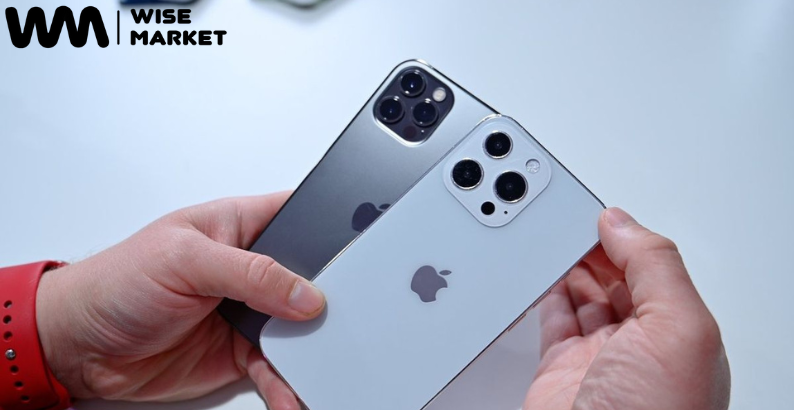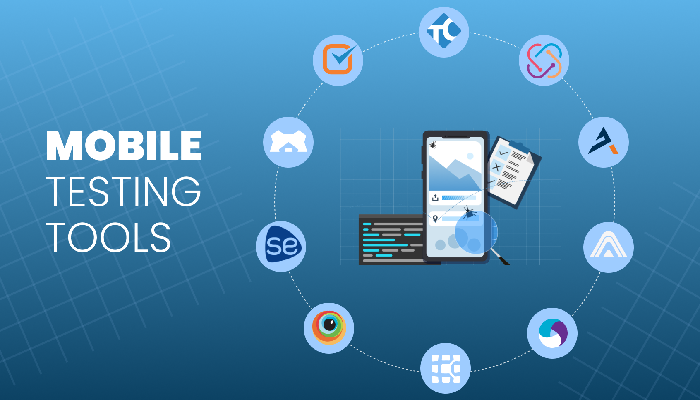In the digital age, technology has revolutionised education, presenting exciting opportunities for educators to enhance teaching and learning experiences. Interactive Flat Panel Displays (IFPDs) are powerful tools that offer a dynamic platform for teaching with technology. In this article, we will explore various strategies for effective teaching with technology, with a focus on the valuable role IFPDs play in the modern classroom.
The Integration of Technology in Education
The integration of technology in education has been transformative, offering various advantages, such as:
- Enhanced Engagement:- Technology, including IFPDs, provides multimedia and interactive content that engages students, making learning more enjoyable and interactive.
- Personalised Learning:- Technology allows educators to cater to individual student needs through adaptive learning software, ensuring that every student progresses at their own pace.
- Accessibility and Inclusivity:- Technology ensures that education is accessible to all students, including those with disabilities. IFPDs can be equipped with features like text-to-speech and screen magnification to cater to diverse learning needs.
- Real-world Relevance:- Technology prepares students for the real world by teaching digital literacy and adaptability to rapidly changing technologies.
- Enhanced Collaboration:- IFPDs foster collaboration among students and teachers, encouraging group work, discussions, and peer-to-peer learning.
Teaching with Technology: Effective Strategies
- Flipped Classroom Approach:- The flipped classroom model involves students learning foundational content outside the classroom, typically through digital resources such as videos or interactive modules. In class, teachers can use IFPDs to engage students in discussions, problem-solving, and collaborative projects, allowing them to apply what they’ve learned.
- Interactive Lesson Design:- When using IFPDs, focus on creating interactive lessons that capitalise on the technology’s features. Incorporate multimedia elements, interactive simulations, and real-time feedback to engage and challenge students.
- Personalized Learning Paths:- Leverage IFPDs to create personalised learning paths for students. Adaptive learning software can tailor lessons to each student’s progress, providing additional support for those who need it and more challenging content for advanced students.
- Incorporate Gamification:- Gamifying the learning experience can be an effective strategy when teaching with technology. Use IFPDs to create interactive games and quizzes that make learning fun and encourage healthy competition among students.
- Digital Storytelling:- Use technology to encourage students to create digital stories or projects. IFPDs can serve as platforms for students to showcase their creativity and build essential digital media skills.
- Flipped Classroom:- The flipped classroom model involves students learning foundational content outside the classroom, typically through digital resources such as videos or interactive modules. In class, teachers can use IFPDs to engage students in discussions, problem-solving, and collaborative projects, allowing them to apply what they’ve learned.
- Virtual Field Trips:- Take students on virtual field trips using technology and IFPDs. Explore historical landmarks, natural wonders, or distant places through online resources, enhancing their understanding and interest in the subject matter.
- Collaborative Learning:- Encourage collaborative learning by using IFPDs to facilitate group work, discussions, and peer-to-peer learning. These displays allow students to interact with educational content in a shared environment, promoting teamwork and communication skills.
- Immediate Feedback:- Technology, including IFPDs, allows for immediate feedback on student performance. Teachers can gauge student understanding in real time, adjusting their instruction as necessary. Students benefit from instant feedback, which helps them identify areas for improvement.
- Assessments and Analytics:- Use technology to create and grade assessments, quizzes, and assignments. IFPDs can be particularly helpful in facilitating interactive assessments. Furthermore, technology can provide data and analytics that enable educators to track student progress and make data-driven instructional decisions.
- Online Collaborative Projects:- Encourage students to work on collaborative projects with peers from around the world. Utilise online platforms that enable students to connect and collaborate, broadening their perspectives and exposing them to diverse ideas.
- Blended Learning:- Blend traditional teaching methods with technology-based approaches. IFPDs can serve as a central hub for lessons, allowing for a combination of in-class instruction and online resources.
Conclusion
Teaching with technology, particularly with the aid of Interactive Flat Panel Displays (IFPDs), offers endless possibilities to engage students, enhance learning, and prepare them for the digital world. Effective strategies for teaching with technology include a flipped classroom approach, interactive lesson design, personalised learning paths, gamification, digital storytelling, virtual field trips, collaborative learning, immediate feedback, assessments and analytics, online collaborative projects, blended learning, and more.
As educators, it is crucial to continually explore and adapt to innovative teaching methods that incorporate technology in meaningful and productive ways. These strategies not only enhance student engagement and understanding but also prepare them for the rapidly changing world of the 21st century, where digital literacy and adaptability are essential skills. By embracing technology and employing effective strategies, educators can empower students to become lifelong learners and equip them for future success.







